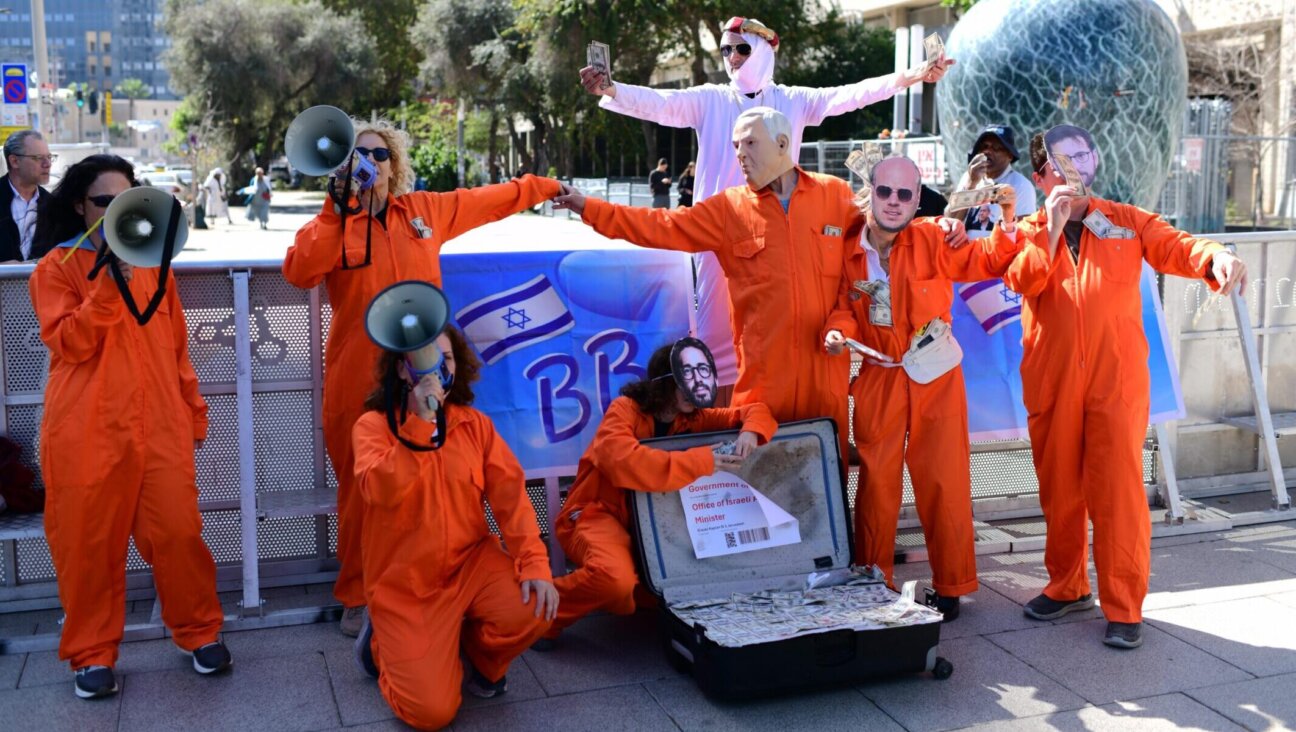Prayer Shawls, Flip-Flops Mingle at ‘Shul on the Beach’
Los Angeles – While most Los Angeles Jews gathered for the annual Kol Nidre service in synagogues far removed from any hint of the city’s crime-addled underbelly, a tiny swath of Angelenos could be found praying for absolution in the very place where sins abound.
Situated on the Venice Beach boardwalk — known since the 1960s for its Bohemian culture, including easy access to drugs and a considerable homeless population — last Friday night the “Shul on the Beach” drew more than 100 Jews to ask forgiveness for their misdeeds, only steps from some obvious “sinners.”
As the congregation of mostly Orthodox Jews listened to a young cantor recite the Kol Nidre lament, drug deals were made by men handing off small plastic bags as they rode past one another on bikes, rock music blared from the seedy bar just a few storefronts down, and a shirtless man in short shorts walked by playing a snare drum hanging from his shoulders. And the contrasts extended inside the synagogue as well: Toward the back of the men’s section — in keeping with Orthodox practice, the synagogue separates the sexes with a wicker-topped screen, known as a mechizah — a man in dark aviator sunglasses, a purple and yellow L.A. Lakers jacket and flip-flops stood just behind observant men dressed in prayer shawls and pressed slacks. Some said the sight was reflective of the synagogue’s open-arms attitude in this laissez-faire neighborhood.
“On Shabbat, we leave the doors open,” said Ron Bookbinder, a congregant of five years. “It’s amazing how many people walk in.”
Bookbinder, a 73-year-old Orthodox Jew who manages realty and investments, said that he and his wife moved to Santa Monica from Phoenix, Ariz., after they wandered into the synagogue, officially called the Pacific Jewish Center, during a visit. They were struck, he said, by the dinner invitation they immediately received from a member, and by the prospect of attending Friday night services while glancing at the sun setting over the ocean.
“At least half of the people we have walked in off the boardwalk,” added Alan Danziger, the synagogue’s president, as the smell of high-grade California marijuana wafted in on a light breeze. “Two years ago, Sacha Baron Cohen came in on Yom Kippur. He and an 80-year-old congregant were the only two Cohanim there.”
While the star of “Borat” hasn’t been seen since, many others, like Bookbinder, who discovered the synagogue while perusing the boardwalk, actually joined the congregation, which these days numbers 60 families. In its heyday, more than 100 families belonged, dating back to the early 1940s when the “Shul on the Beach” was founded by local area Jews. At that time, the beachside synagogue was one of six or seven Orthodox congregations on the boardwalk, then lined with dozens of kosher butchers and restaurants, creating a bustling Miami-beach style Jewish community. In the mid-1950s, when suburbanization and the increasing ubiquity of air conditioning drew the population away from the beach, the vibrant community began to shrink, and by the early 1970s, only a handful of synagogue members remained.
These days the Pacific Jewish Center is one of the last remaining vestiges of Venice’s erstwhile Jewish community. The congregation survived in large part because of the efforts of an elderly and blind member, Reb Shia Weiner, who corralled a minyan — the 10 men needed to comprise a traditional Jewish worship service — every week. In the early 1970s, the building was deeded to the Jewish National Fund. The JNF agreed not to sell the structure — which had also become the repository of memorial plaques for all of the other Venice Beach synagogues that had since folded — if the “Shul on the Beach” could sustain its weekly minyan.
Michael Medved, now a conservative talk-show host and film critic, was among the young men who Weiner rounded up to save the ailing congregation. In 1979, Medved teamed up with Rabbi Daniel Lapin, who went on to found the conservative group Toward Tradition, and the two men reinvigorated the Pacific Jewish Center. Their efforts were so successful that Jews from across Los Angeles came for adult learning sessions. Barbra Streisand even chose it as the location for her son’s bar mitzvah in 1980.
But not all of the congregation’s members lauded the new regime. Despite Lapin’s success, some former members were critical of his leadership. Lapin, who took no salary, left in 1992. A decade after his departure, the congregation hired its first full-time, paid rabbi.
Now, the congregation is in the midst of yet another transition. In August, the center lost Rabbi Benjamin Geiger, a Los Angeles native who left to take up the pulpit at the Queens Jewish Center in New York City. But according to members, the loss of Geiger is a minor obstacle compared with the laundry list of upheavals that the congregation has endured — including a public feud last fall over whether it could establish an eruv, a boundary enclosing a sacred space for Orthodox Jews, from Santa Monica to Marina Del Rey. This, plus the synagogue’s general anything-goes atmosphere, has left congregants feeling pretty sanguine about the future.
“Knowing the history of the shul,” said Lea Geller, a criminal defense lawyer who joined the Pacific Jewish Center in 2001, “this is hardly the most tumultuous thing.”
The Forward is free to read, but it isn’t free to produce

I hope you appreciated this article. Before you go, I’d like to ask you to please support the Forward.
Now more than ever, American Jews need independent news they can trust, with reporting driven by truth, not ideology. We serve you, not any ideological agenda.
At a time when other newsrooms are closing or cutting back, the Forward has removed its paywall and invested additional resources to report on the ground from Israel and around the U.S. on the impact of the war, rising antisemitism and polarized discourse.
This is a great time to support independent Jewish journalism you rely on. Make a Passover gift today!
— Rachel Fishman Feddersen, Publisher and CEO
Most Popular
- 1

Opinion My Jewish moms group ousted me because I work for J Street. Is this what communal life has come to?
- 2
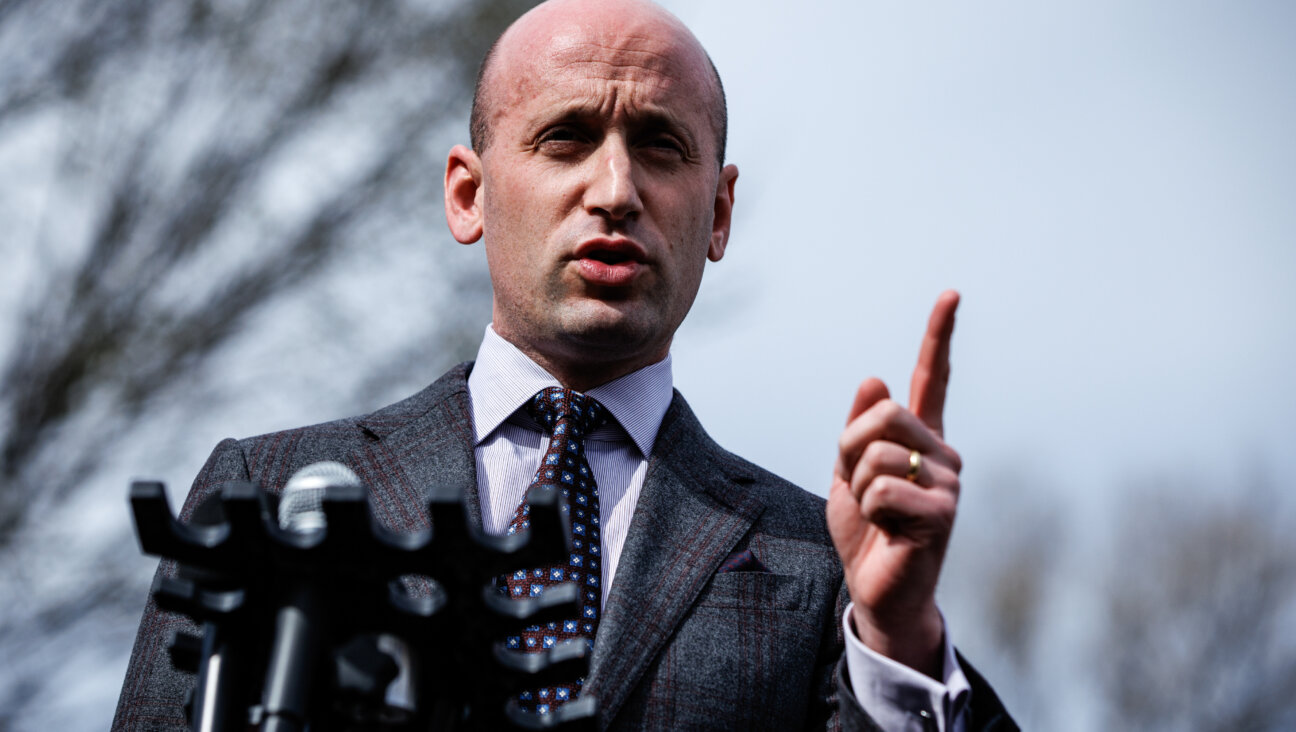
Opinion Stephen Miller’s cavalier cruelty misses the whole point of Passover
- 3

Opinion I co-wrote Biden’s antisemitism strategy. Trump is making the threat worse
- 4
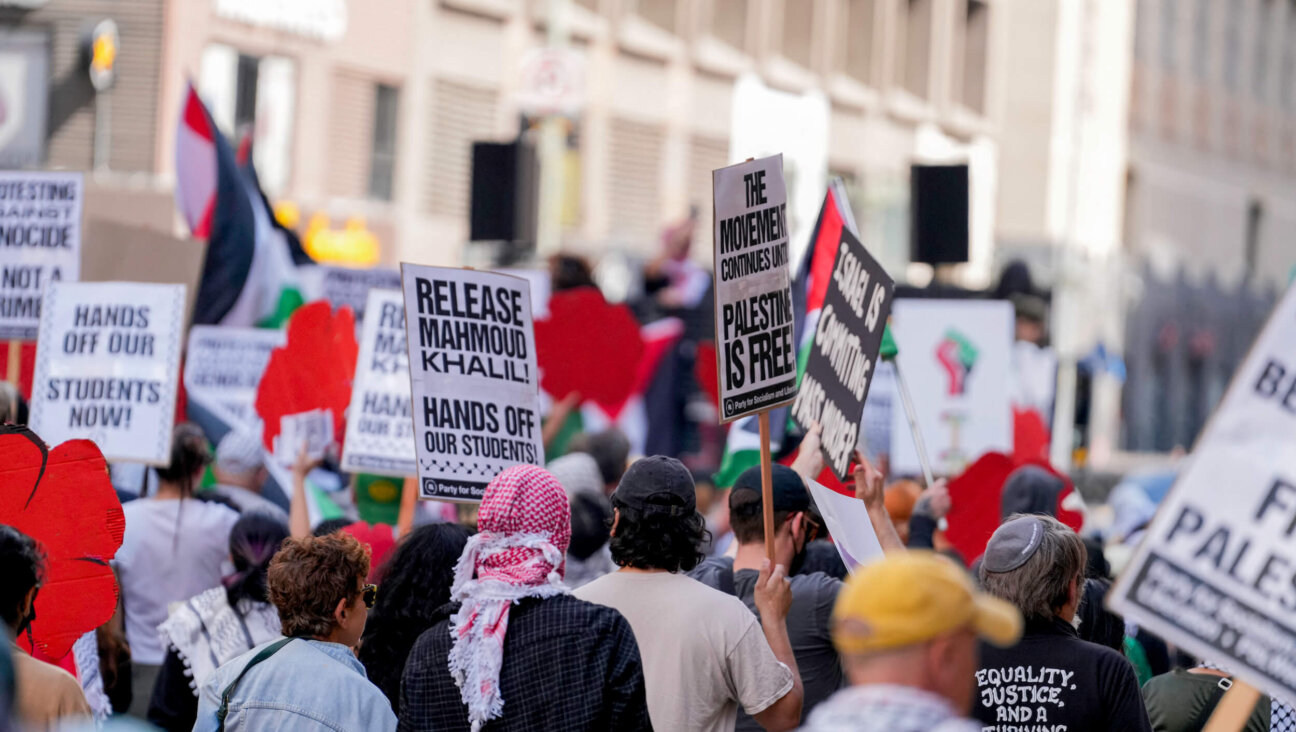
Opinion Passover teaches us why Jews should stand with Mahmoud Khalil
In Case You Missed It
-
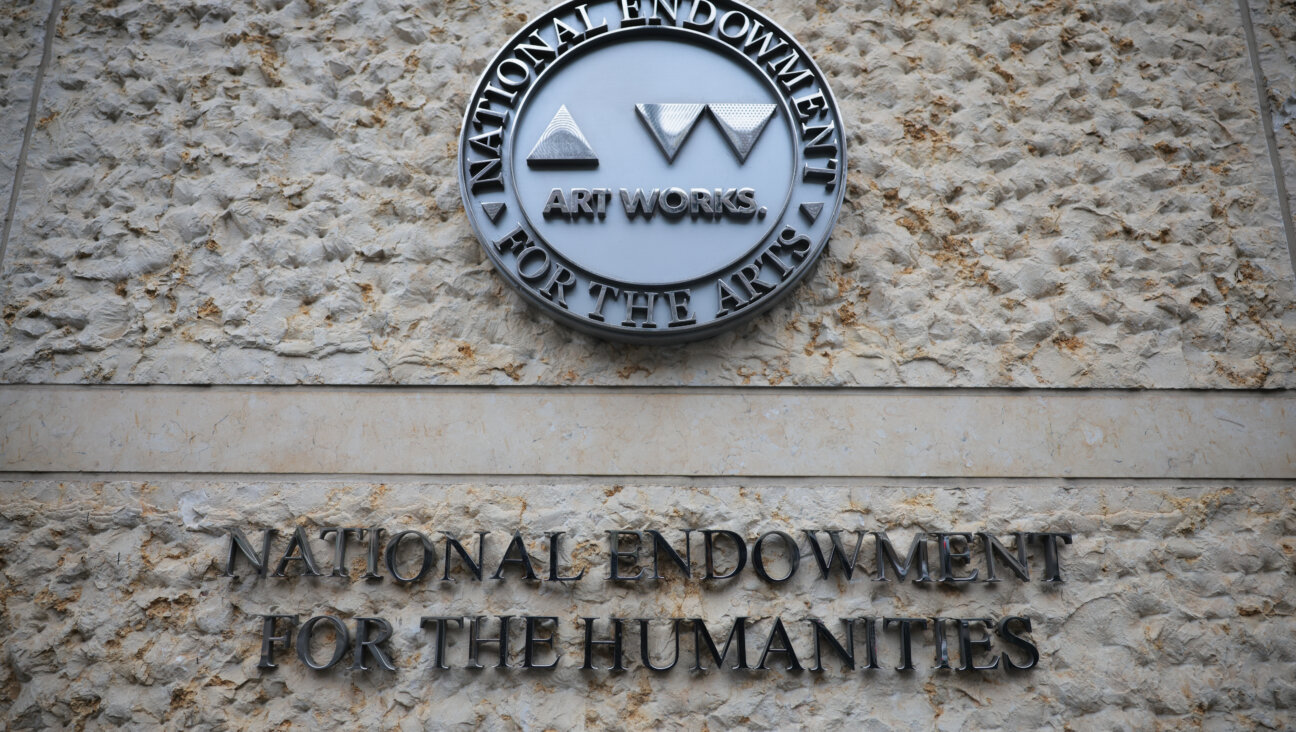
Culture Jews thought Trump wanted to fight antisemitism. Why did he cut all of their grants?
-

Opinion Trump’s followers see a savior, but Jewish historians know a false messiah when they see one
-
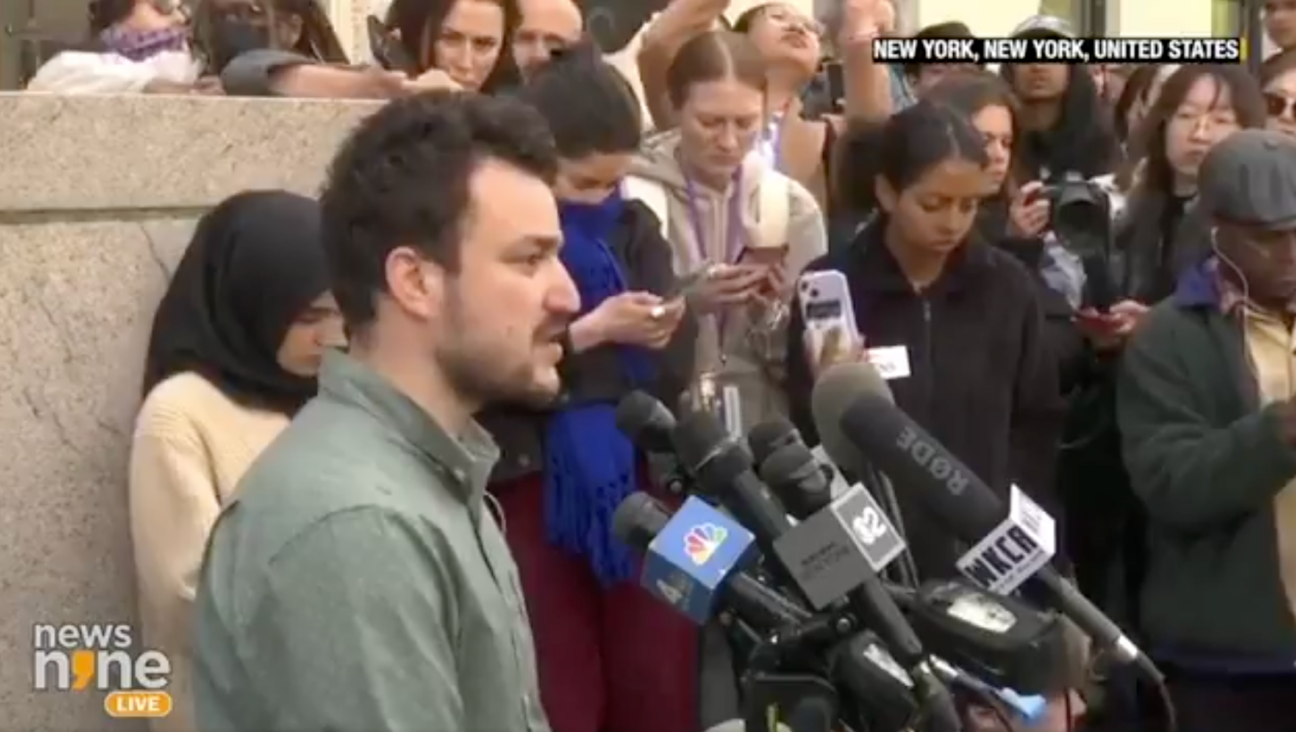
Fast Forward Trump administration can deport Mahmoud Khalil for undermining U.S. foreign policy on antisemitism, judge rules
-

Opinion This Passover, let’s retire the word ‘Zionist’ once and for all
-
Shop the Forward Store
100% of profits support our journalism
Republish This Story
Please read before republishing
We’re happy to make this story available to republish for free, unless it originated with JTA, Haaretz or another publication (as indicated on the article) and as long as you follow our guidelines.
You must comply with the following:
- Credit the Forward
- Retain our pixel
- Preserve our canonical link in Google search
- Add a noindex tag in Google search
See our full guidelines for more information, and this guide for detail about canonical URLs.
To republish, copy the HTML by clicking on the yellow button to the right; it includes our tracking pixel, all paragraph styles and hyperlinks, the author byline and credit to the Forward. It does not include images; to avoid copyright violations, you must add them manually, following our guidelines. Please email us at [email protected], subject line “republish,” with any questions or to let us know what stories you’re picking up.











